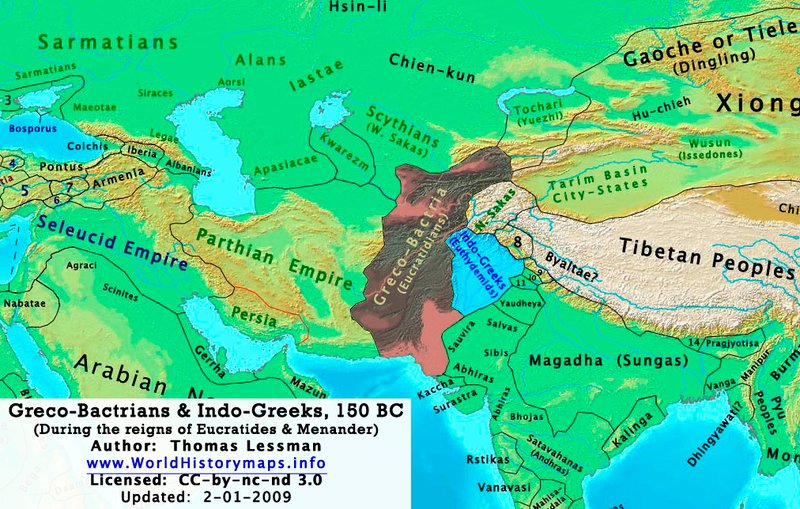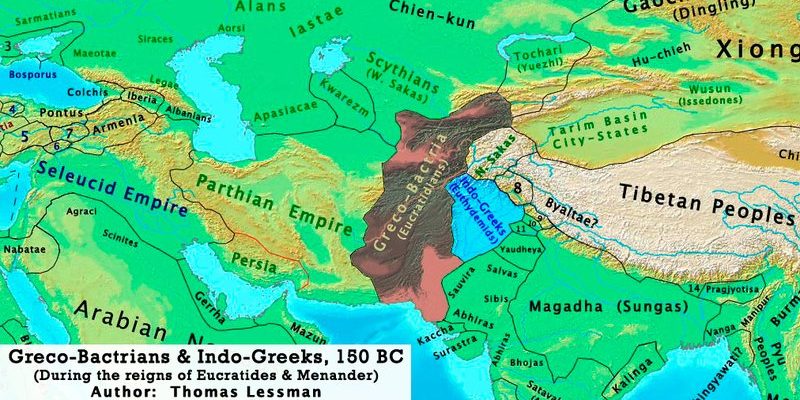
Bactrian camels (Camelus bactrianus) are fascinating creatures that stand out with their distinctive humps and tough demeanor. They can withstand extreme temperatures, making them perfectly suited for their habitats. If you’re curious about where these remarkable animals live and how they’ve adapted to their surroundings, grab a cup of coffee, and let’s dive into the world of Bactrians!
Natural Habitat of Bactrians
Bactrian camels are typically found in the arid grasslands and deserts of Central Asia. Their primary habitats include regions in Mongolia, Kazakhstan, and parts of China. These areas are characterized by vast stretches of barren land, low rainfall, and significant temperature fluctuations. Imagine a place where the sun blazes during the day, but the nights can be freezing cold; that’s the life of a Bactrian!
In these environments, the Bactrians have developed some impressive survival skills. Their thick fur helps insulate them from severe cold in winter and provides protection against the scorching sun in summer. This double insulation is nature’s way of ensuring that they can maintain body heat in a diverse climate. They also have long, slender legs that help them traverse the rugged terrain with ease, making them perfectly built for their surroundings.
Furthermore, Bactrians can drink saltwater, which sets them apart from many other mammals. Their ability to access water sources that other animals cannot gives them a distinct advantage. You might think of them as little desert warriors, equipped for life in some of the toughest places on the planet!
Geographical Distribution
Bactrian camels are primarily found in the wild across Central Asia, but their population has diminished over the years. The two main regions where they roam include the Gobi Desert and the steppes of northern China and Mongolia. These areas are remote, but the camels have adapted to the landscape, which consists of dry grasslands and sparse vegetation.
Interestingly, Bactrians are also found in the Altai Mountains. Here, they have adapted to a slightly different environment, showing their flexibility. The fact that they can thrive in both deserts and mountainous regions is a testament to their hardiness. Imagine having the ability to switch your style of living depending on the weather; that’s exactly what Bactrians do!
In recent years, there has been a focus on conservation efforts to protect the remaining wild Bactrian populations. With habitat loss and climate change threatening their survival, these initiatives are incredibly important. It’s a bit like saving a rare book from being lost forever; their existence matters not just for their own species but the entire ecosystem.
Bactrian Camels and Their Human Interactions
Bactrian camels have a deep-rooted history with humans. Historically, they’ve been crucial for transport and trade along the ancient Silk Road. Imagine caravan after caravan, crossing vast stretches of land with goods and stories to share. These camels were the backbone of many traveling merchants, helping them navigate the harsh terrains that would otherwise be impossible to cross.
Today, Bactrians are still used for various purposes, such as riding, pack animals, and even for their milk and meat. Many communities in Mongolia and China rely on them for sustenance and transportation in remote areas. It’s a classic example of how humans and animals can work together, each benefiting from the other’s strengths.
However, as modernization takes over, the way people interact with Bactrians is changing. Many are now involved in eco-tourism, allowing visitors to experience the life of these magnificent creatures firsthand. This not only helps preserve the species but also raises awareness about their plight in the wild. Imagine going on a tour, riding a Bactrian through a desert landscape, learning about their lives from local herders—an experience worth savoring.
Challenges Facing Bactrian Habitats
Despite their adaptability, Bactrian camels face numerous challenges that threaten their habitats. One significant issue is climate change, which alters rainfall patterns and contributes to desertification. This affects not only the camels but also the ecosystems surrounding them. Picture a garden; if it doesn’t receive proper water and care, it struggles to thrive.
Moreover, mining and industrial activities in their native regions have led to a loss of habitat. As humans expand into their territory for resources, Bactrians lose access to the essential vegetation and water sources they rely on. It’s like pushing someone out of their home—where would they go?
The illegal wildlife trade also poses a threat. While it’s not as widespread for Bactrians as for other species, poaching does occur. Protecting these camels and their habitats is essential for maintaining biodiversity and ensuring future generations can witness their beauty.
Ecosystem Role of Bactrian Camels
Bactrian camels play a crucial role in their ecosystems. As herbivores, they help maintain the balance of the vegetation in their habitats. By grazing on grasses and shrubs, they promote new growth, ensuring that the ecosystem can thrive. It’s like a natural lawnmower—working hard to keep things tidy and healthy!
Their droppings also serve as a fertilizer, enriching the soil and helping plants grow. This nurturing aspect is vital in rocky, arid areas where nutrients are limited. Think of it as nature’s recycling system, where even waste contributes to life!
Bactrians also serve as a food source for various predators, including wolves and birds of prey. This interconnected food web highlights their importance in maintaining a healthy ecosystem. When one species thrives, the others follow, making it crucial to protect these fascinating creatures.
Conservation Efforts for Bactrians
Recognizing the challenges Bactrian camels face, various organizations and governments have initiated conservation efforts. These programs focus on habitat restoration, reducing human-wildlife conflict, and raising awareness about the importance of Bactrians. It’s like rallying an entire community to save a local treasure—everyone plays a part.
One notable effort is the establishment of protected areas in Mongolia and China, allowing Bactrians to thrive in a safe environment. These regions serve as sanctuaries where they can roam freely without the pressure of habitat loss. Think of it as a secure refuge, essential for their survival.
Additionally, community-based initiatives involve local herders in conservation efforts. By educating them about sustainable practices and the significance of Bactrians, these programs empower individuals to protect the species while benefiting from their presence. It’s a win-win for both the camels and the people living alongside them!
In summary, Bactrian camels are incredibly resilient animals that have adapted to some of the toughest environments on Earth. Their habitat spans the rugged terrains of Central Asia, where they’ve learned to thrive despite the odds. As we’ve explored, their interactions with humans, the challenges they face, and their role in the ecosystem highlight how interconnected life is.
Protecting Bactrians and their habitats is vital not just for this species, but for the health of their ecosystems. By understanding the importance of these unique camels, we can take steps to ensure that future generations get to experience their beauty and significance. So, the next time you think of Bactrians, remember they aren’t just animals in a desert—they’re a reminder of nature’s resilience and a call to action for conservation.

